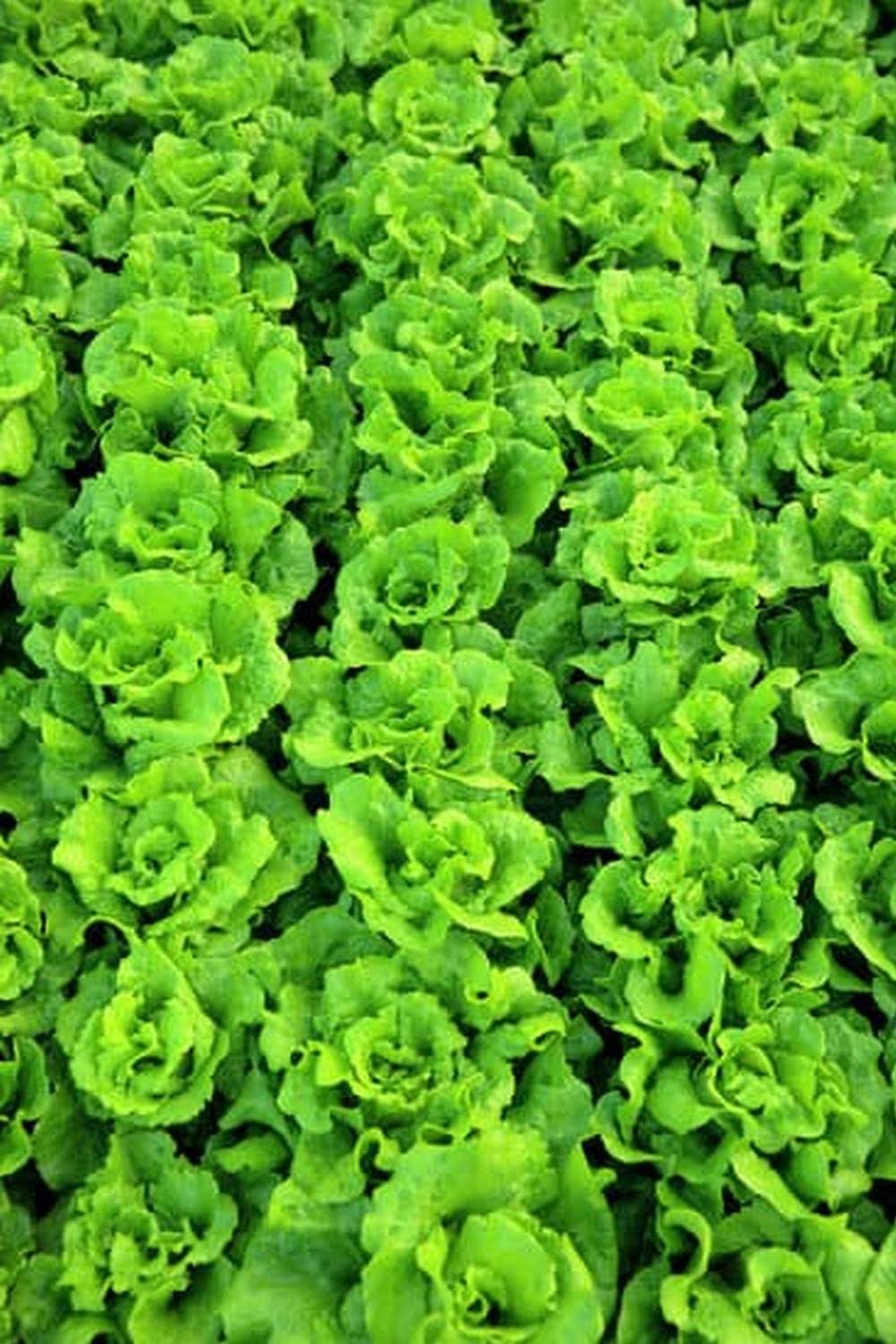How To Make A Garden Bed For Vegetables
A vegetable garden is a great way to get fresh produce right from your backyard. You can either plant vegetables in individual pots or in a garden bed. If you have a lot of space, a garden bed is a great way to go. You can make your own garden bed for vegetables with a few simple steps.
The first step is to choose a spot for your garden bed. It’s best to choose a spot that gets plenty of sunlight. You’ll also want to make sure that the spot is relatively flat so that your garden bed will be level.
Once you’ve chosen a spot, you’ll need to measure out the size of your garden bed. You’ll want to make the garden bed at least 4 feet wide and 8 feet long.
The next step is to mark out the outline of your garden bed. You can do this easily with a garden hose.
Once the outline is marked, you’ll need to start digging. You’ll want to dig down about 12 inches. This will create a good foundation for your garden bed.
Once the hole is dug, you’ll need to add some soil amendments. You can do this by adding compost, manure, or peat moss to the hole. Mix the soil amendments in with the soil and then tamp it down.
Now it’s time to put in the garden bed. You can do this easily by placing the garden bed in the hole and then filling in the sides with soil. Make sure to pack the soil down well so that the garden bed is secure.
Now it’s time to plant your vegetables!
Mounded Vegetable Garden Beds
Mounded vegetable garden beds are a great way to conserve water and create a more hospitable environment for your plants. By creating a raised bed with a mound in the middle, you can help your plants retain moisture and create a warmer, sunnier spot for them to grow.
To create a mound in your garden bed, simply pile up some soil in the center of the bed. You can use a shovel, a hoe, or your hands to do this. Be sure to pack the soil down well so that it doesn’t erode.
You can then plant your vegetables in the mound and around the edges of the bed. The vegetables will benefit from the extra warmth and moisture that the mound provides.
Mounded garden beds are a great way to conserve water and create a more hospitable environment for your plants.
Best Raised Vegetable Garden Beds
When it comes to growing vegetables, there is no better way to do it than with a raised garden bed. Not only do they look great in any garden or backyard, but they also make it easy to get your plants off to a great start.
There are a few things you’ll want to look for when choosing a raised garden bed:
• The bed should be made from a durable material that will last for years, such as cedar, redwood, or plastic.
• It’s important that the bed is properly-sized for your needs. Make sure to measure the space you have available before making your purchase.
• The bed should be easy to assemble and take apart for storage.
Once you’ve found the perfect raised garden bed, it’s time to start planting! Here are a few tips to help you get started:
• Start by preparing the bed. Remove any sod or weeds and loosen the soil. Add some compost or manure to help improve the soil’s fertility.
• Plant your vegetables in rows, spacing them according to the recommended spacing guidelines.
• Be sure to water your plants regularly, especially during periods of drought.
A raised garden bed is a great way to enjoy a bountiful harvest of fresh vegetables all season long. With a little bit of preparation and care, your garden bed will be producing vegetables for years to come.
Fruit And Vegetable Garden Bed Ideas Stone
edging is a popular way to keep mulch and soil in place around plants while adding a decorative touch to your garden. Not only is stone edging beautiful, but it is also a functional way to keep your garden looking neat and tidy. There are many different types of stone edging to choose from, so you can find the perfect one for your garden.
One of the most popular types of stone edging is brick or concrete edging. This type of edging is durable and can last for many years. It is also easy to install and can be done in just a few minutes. Brick or concrete edging is a great choice if you want a permanent edging solution for your garden.
Another popular type of stone edging is garden stone edging. This type of edging is made from natural stones and is a great choice for a rustic look. Garden stone edging is also very durable and can last for many years. It is a bit more difficult to install than brick or concrete edging, but it is worth the extra effort.
If you are looking for a more decorative option, you may want to consider metal edging. Metal edging comes in a variety of colors and styles, so you can find the perfect one for your garden. It is also very durable and can last for many years. Metal edging is easy to install and can be done in just a few minutes.
If you are looking for a budget-friendly option, you may want to consider using recycled materials for your edging. Recycled materials can include old bricks, concrete, or stones. This is a great way to reuse materials that would otherwise be thrown away. It is also a great way to add a unique touch to your garden.
No matter what type of edging you choose, it is important to make sure that it is properly installed. Improperly installed edging can be a safety hazard and can also damage your plants. Make sure to read the installation instructions carefully before installing your edging.
Building Raised Garden Beds For Vegetables
When it comes to gardening, there are a million different ways to do things, and no one way is necessarily better than any other. That said, there are a few methods that are more popular than others, and one of those is building raised garden beds.
There are a few reasons why raised garden beds are so popular. For one, they’re easy to build, and they can be made out of just about any material you have lying around. They’re also easy to maintain, and they help to keep your soil and plants healthy by elevating them off the ground.
If you’re thinking about building a raised garden bed, there are a few things you need to keep in mind. First, you need to choose a location that gets plenty of sunlight. You also need to make sure that the spot you choose has good drainage, otherwise your plants will rot.
Once you’ve chosen a location, it’s time to start building your raised garden bed. The easiest way to do this is to use a few pieces of lumber. Simply measure out the dimensions of your bed, and cut the lumber to size. Then, simply nail or screw the boards together, and you’re done.
If you don’t have any lumber lying around, you can also use concrete blocks, cinder blocks, or even rocks to build your raised garden bed. Just make sure that the material you choose is sturdy and will hold up to the weight of the soil and plants.
Once your raised garden bed is built, it’s time to start planting. Be sure to choose plants that are suited to your climate and the type of soil you have. And don’t forget to water your plants regularly, especially during the hot summer months.
Building a raised garden bed is a great way to get into gardening, and it’s a project that anyone can do. So if you’re thinking about starting a garden, be sure to build a raised bed!

If you’re looking to get into vegetable gardening, or are just looking for some tips on how to make your current garden better, then you’ve come to the right place! My name is Ethel and I have been gardening for years. In this blog, I’m going to share with you some of my best tips on how to create a successful vegetable garden.





